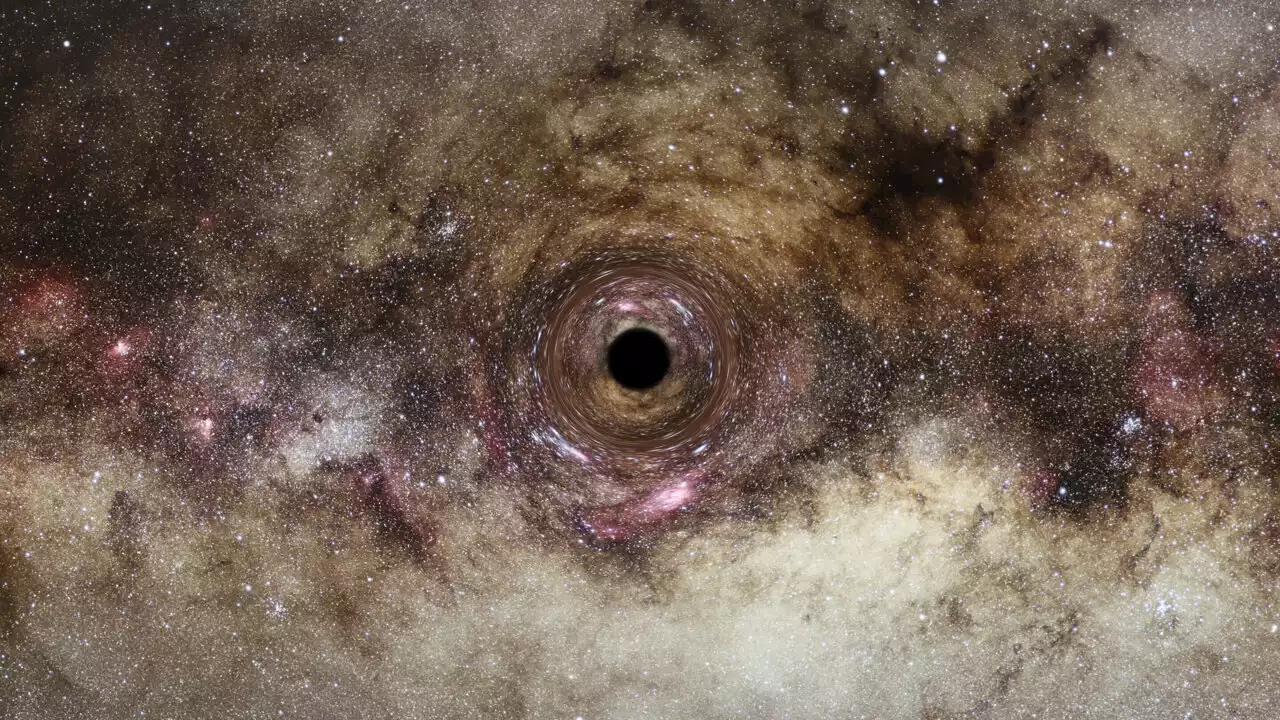Four galaxies investigated by the powerful space telescope are seen as they were just 350 million years after the Big Bang.
when it was less than 350 million years old and demonstrate the rapid emergence of the first generations of galaxies.
"It was crucial to prove that these galaxies do, indeed, inhabit the early universe.
The discovery confirms JWST's ability to perform one of its most important tasks — studying the early universe via light that has been traveling for so long that the expansion of the universe has stretched its wavelength. This stretching of light is calledthe longer the light travels, the further toward the red end of the electromagnetic spectrum the expansion of the universe shifts its light.
Thus far, the $10 billion observatory has identified several extremely high-redshift candidate galaxies, but these observations have to be confirmed using spectroscopy. Spectroscopy can be used to make the distinction between early galaxies and closer, more contemporary galaxies that might share similar properties, because spectroscopy can spot the characteristic fingerprints of specific elements. Early galaxies are composed of mostly hydrogen and helium, lacking heavier elements like oxygen, nitrogen and carbon.
Australia Latest News, Australia Headlines
Similar News:You can also read news stories similar to this one that we have collected from other news sources.
 Webb telescope discovers four oldest galaxies ever observedThe galaxies date from 300 to 500 million years after the Big Bang more than 13 billion years ago, when the universe was just two percent of its current age.
Webb telescope discovers four oldest galaxies ever observedThe galaxies date from 300 to 500 million years after the Big Bang more than 13 billion years ago, when the universe was just two percent of its current age.
Read more »
 Best of Last Week—Biggest black hole, recovering lithium from batteries, how social networks shape decision-makingIt was a good week for space research as a team of astronomers at Durham University, working with one colleague from the Max Planck Institute for Astrophysics and another from NASA Ames Research Center, reported that light-bending gravity revealed one of the biggest black holes ever found, more than 30 billion times the mass of the sun. Also, a combined team from Northwestern University and Tsinghua University adapted a well-known computer-vision algorithm to sharpen photos blurred by the Earth's atmosphere. They also trained it using an AI application. And an international team of astronomers using data from NASA's James Webb Space Telescope, confirmed that giant planet atmospheres in the Milky Way galaxy vary widely.
Best of Last Week—Biggest black hole, recovering lithium from batteries, how social networks shape decision-makingIt was a good week for space research as a team of astronomers at Durham University, working with one colleague from the Max Planck Institute for Astrophysics and another from NASA Ames Research Center, reported that light-bending gravity revealed one of the biggest black holes ever found, more than 30 billion times the mass of the sun. Also, a combined team from Northwestern University and Tsinghua University adapted a well-known computer-vision algorithm to sharpen photos blurred by the Earth's atmosphere. They also trained it using an AI application. And an international team of astronomers using data from NASA's James Webb Space Telescope, confirmed that giant planet atmospheres in the Milky Way galaxy vary widely.
Read more »
![]() Webb's 'Cosmic Seahorse' Photo Shows Gravity Bending SpacetimeThe latest photo captured by the James Webb Space Telescope was only made possible thanks to a gravitational lens.
Webb's 'Cosmic Seahorse' Photo Shows Gravity Bending SpacetimeThe latest photo captured by the James Webb Space Telescope was only made possible thanks to a gravitational lens.
Read more »
 Saturn's rings are raining down particles on its atmosphere | Digital TrendsNew research using the Hubble Space Telescope shows that Saturn's icy rings actually heat up its upper atmosphere.
Saturn's rings are raining down particles on its atmosphere | Digital TrendsNew research using the Hubble Space Telescope shows that Saturn's icy rings actually heat up its upper atmosphere.
Read more »
 Extra Space to buy Life Storage for $12.7 bln in self-storage mega dealReal estate investment trust Extra Space Storage said on Monday it will acquire Life Storage for $12.7 billion in a deal that will result in the combined company becoming the largest U.S. self-storage space operator by store count.
Extra Space to buy Life Storage for $12.7 bln in self-storage mega dealReal estate investment trust Extra Space Storage said on Monday it will acquire Life Storage for $12.7 billion in a deal that will result in the combined company becoming the largest U.S. self-storage space operator by store count.
Read more »
 Bitquery's New Streaming API is Changing Web3 Infrastructure Space – Sponsored Bitcoin NewsBitquery launched its Streaming API in early March, giving users to access blockchain data in real time. With Bitquery's APIs, Web3 builders have had
Bitquery's New Streaming API is Changing Web3 Infrastructure Space – Sponsored Bitcoin NewsBitquery launched its Streaming API in early March, giving users to access blockchain data in real time. With Bitquery's APIs, Web3 builders have had
Read more »
